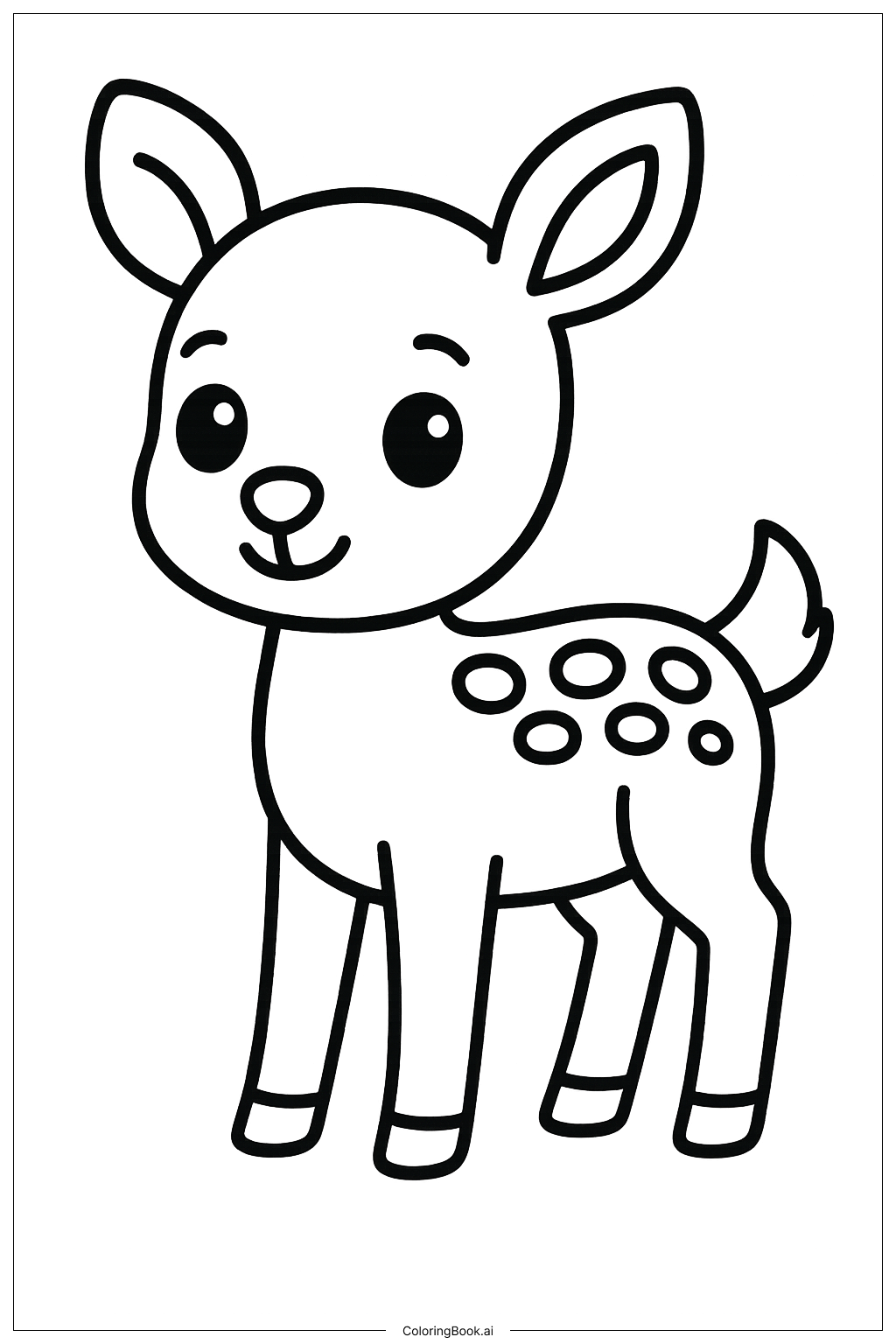Coloring tips: How to color A Sleeping Capybara coloring page well?
Use light brown or beige colors for the capybara's body, as these are its natural colors. You can add soft shades of gray or dark brown to give it a more realistic look. Coloring the background with soft green or blue can create a calm and peaceful feeling, like the capybara is resting in nature. Try to stay within the lines and use gentle strokes to keep the peaceful mood of the picture. Using crayons, colored pencils, or markers with soft tips will help achieve smooth coloring. You can also add some shadows under the capybara to make it look like it is really lying on the ground.
Coloring challenges: Which parts are difficult to color and need attention for A Sleeping Capybara coloring page?
1. Staying inside the lines may be tricky, especially around the small curves of the ears and feet. It takes patience and practice.
2. Blending colors to show the shadows on the body can be difficult, especially for younger children. It needs careful shading to look natural.
3. Making the capybara look soft and gentle can be a challenge with just bold lines. Adding soft strokes and light colors helps.
4. Coloring the small details on the face, like the nose and eyes, may require precision to keep the expressions clear.
5. Choosing the right colors to make the picture look peaceful and natural needs some thought. Too bright or dark colors can change the calm feeling.
Benefits of coloring books: Advantages of drawing A Sleeping Capybara coloring page
Coloring this sleeping capybara helps children relax and focus. It encourages patience as they carefully color inside the lines. Coloring soft, natural animals like capybaras can improve attention to detail and hand-eye coordination. It also allows children to practice blending colors and shading, which builds creativity and artistic skills. This simple yet charming image supports calmness and a peaceful mood during coloring time.








